
In September, 2021, as part of a clever media campaign to expose the mental health risks to teenagers of vaping nicotine, the “Truth Initiative” – an anti-nicotine U.S. nonprofit organization also known as “Truth®” – launched a very real (but at the same time, a very fake) vaping product company.
The Truth Initiative named the company after what they believe a nicotine vaping device really is – a “Depression Stick!” (yes, they even threw an exclamation mark into the name for added shock value and humor).
As amusing as their initial deception was – the launch of “Depression Stick!” featured advertising fun flavors, real Times Square billboards, and even a fake storefront – the actual message behind it is an extremely serious one:
Vaping nicotine is proven to worsen anxiety and depression in kids, teenagers and young adults.
As the Truth Initiative announced themselves, the purpose behind the “Depression Stick!” was “to out vaping as the silent contributor to mental health issues. We rebranded nicotine for a new generation.”
| Who is the “Truth Initiative”?
The Truth Initiative® is America’s largest nonprofit public health organization committed to making tobacco use and nicotine addiction a thing of the past. The Truth Initiative® – in their own words – “investigates, exposes and amplifies the truth about smoking, vaping, and nicotine through groundbreaking research and policy studies, our award-winning truth® campaign, community activism and engagement, and innovation to end tobacco use.” Their stated mission is dedicated “to achieving a culture where young people reject smoking, vaping and nicotine.” |  |
Contents:
- Depression Stick! – The Truth® on Youth Mental Health & Nicotine Use
- CDC Facts on The Risks of E-Cigarettes & Vaping Nicotine
- How Does Vaping Nicotine Worsen Anxiety & Depression?
- FDA Regulations on Vaping Nicotine
- Resources & Advice for Concerned Parents
Depression Stick! – The Truth® on Youth Mental Health & Nicotine Use
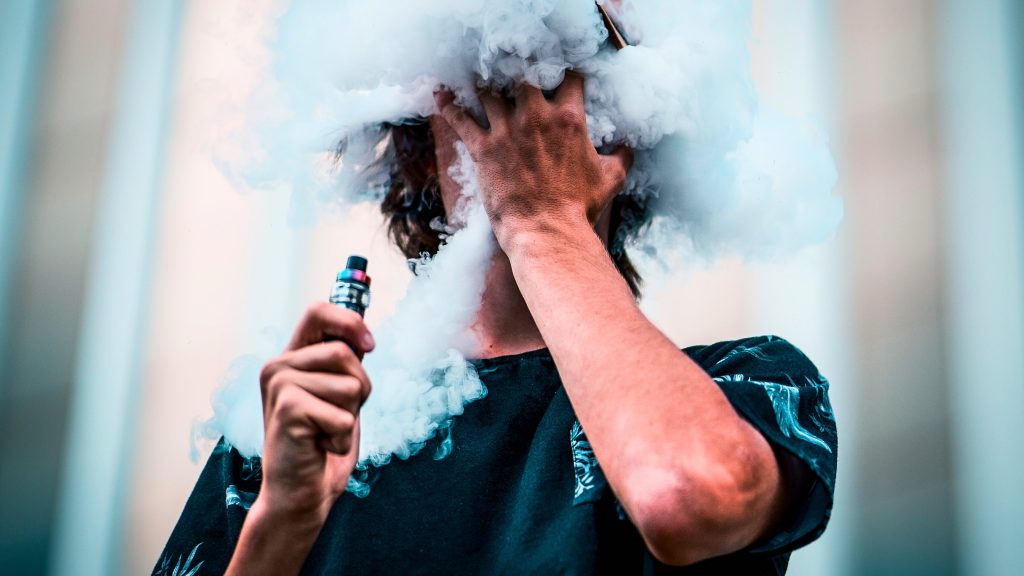
The very public launch of the Truth Initiative’s fake vaping product company named “Depression Stick!” and all of its associated publicity is just the latest installment of the organization’s ongoing public education campaign, entitled “This is Quitting.”
The latest mini-campaign of “This is Quitting” is entitled “It’s Messing With Our Heads” and it’s all about calling nicotine vaping products exactly what they are – depression sticks. The brightly-colored advertising slogans used for the launch (and featured on the official fake company’s website “Depression Stick!”) are short and to the point:
Why Be Happy When You Can Be Sad?
The More You Vape, The Worse You Can Feel
Tastes Like Mint, Feels Like Anxiety
and
It’s a Breath of Stress Air
Colliding Crises: Mental Health & Vaping
According to the Truth Initiative, “years of scientific, peer-reviewed research shows nicotine can amplify feelings of anxiety and depression and increase levels of stress, as detailed in “Colliding Crises: Youth Mental Health and Nicotine Use.” ”
Published in September, 2021, at the same time as the “Depression Stick!” launch, “Colliding Crises: Youth Mental Health and Nicotine Use” is the organization’s latest evidentiary report detailing how vaping nicotine, used by teenagers to try to alleviate their symptoms of anxiety, depression and stress, may actually be causing those issues to become very much worse.
The “colliding crises” the report refers to are the U.S. mental health crisis and – what the Truth Initiative considers to be – the national epidemic of vaping by young people.
The report makes a number of significant points; these are:
- The U.S. mental health crisis and the vaping epidemic both intensified during the coronavirus pandemic
- Prior to the pandemic, 70% of young people said anxiety and depression were a major problem among peers in their community, according to a Pew Research Center report.
- The prevalence of depression and anxiety symptoms in youth has doubled compared to before the pandemic.
- Parallel to the mental health crisis, youth e-cigarette use has remained at epidemic levels, with 1 in 5 high school students vaping in 2020, according to the National Youth Tobacco Survey.
- The risks of vaping have become clearer in recent years, with the evidence showing it can harm lung health, and put users at greater risk of contracting the coronavirus.
According to the Truth Initiative, quitting alleviates these symptoms, and leads to long-term improved mental health. Their own research shows 90% of young people who quit vaping e-cigarettes said they felt less stressed, anxious, or depressed.
CDC Facts on The Risks of E-Cigarettes & Vaping Nicotine

The U.S. Centers of Disease Control & Prevention (CDC) is an excellent source of researched information, facts, statistics and proven data on the risks and dangers of using e-cigarettes and other devices for vaping nicotine.
CDC: Key Points
- The use of e-cigarettes is considered unsafe for kids, teens, and young adults
- Most e-cigarettes contain nicotine, a highly addictive drug that can harm adolescent brain development, which continues into the early to mid-20s
- E-cigarettes can contain other harmful substances in addition to nicotine
- Young people who use e-cigarettes may be more likely to smoke cigarettes in the future
What are E-Cigarettes?
E-cigarettes are electronic devices for vaping nicotine, and they function by heating a liquid, which can contain nicotine, flavorings, and other chemicals, to produce an aerosol or a mix of ultra-small particles in the air, which is then inhaled by the user.
There are many different designs for e-cigarettes, but the majority of these include a battery, a heating element, and a place to hold a liquid.
E-cigarettes can look like regular cigarettes, cigars, or pipes, and others are specifically designed to resemble USB flash drives, pens, and other everyday items. Larger devices are known as tank systems or “mods” [see graphic below].
E-Cigarettes: Terminology & Designs |
||||
Alternative Names:
E-cigs E-hookahs Mods Vape pens Vapes Tank systems Electronic nicotine delivery systems (ENDS) |
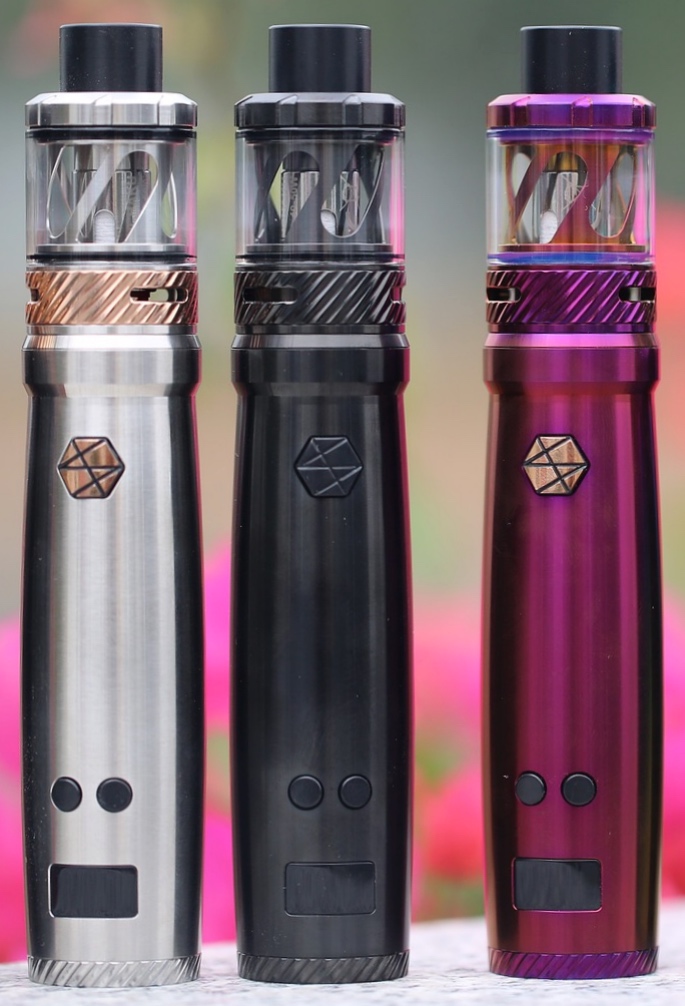 |
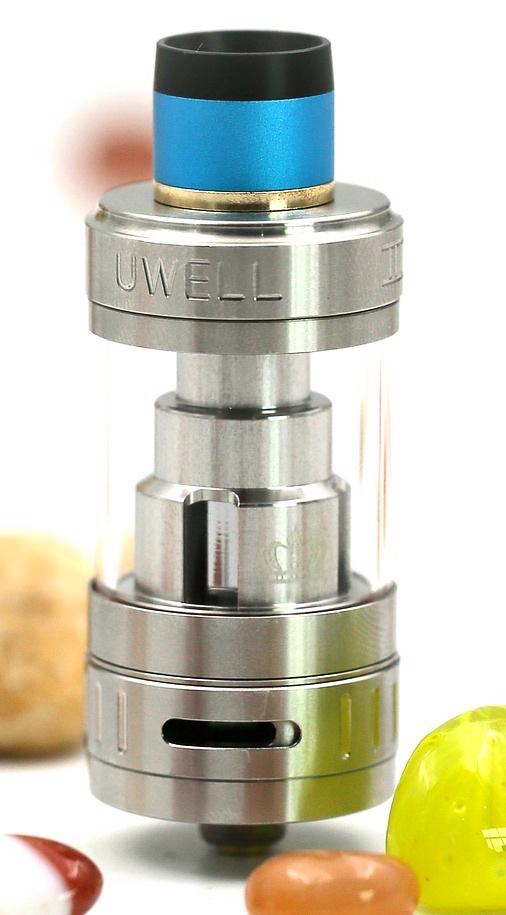 |
||
 |
||||
|
Using an e-cigarette |
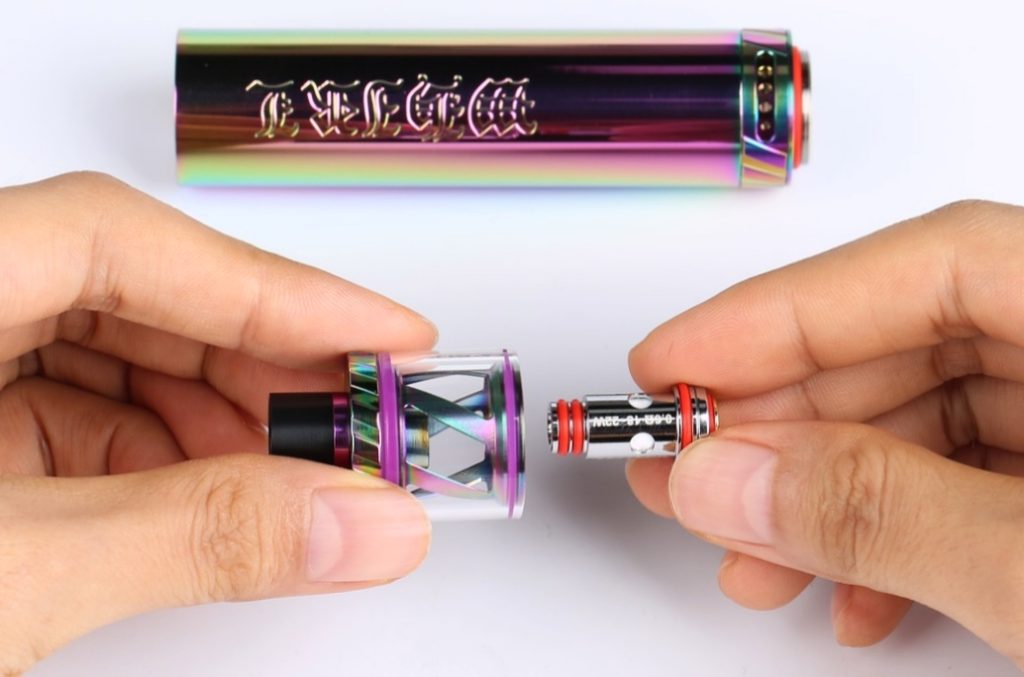 |
|||
Names for Liquids: E-juice E-liquid Vape juice Vape liquid |
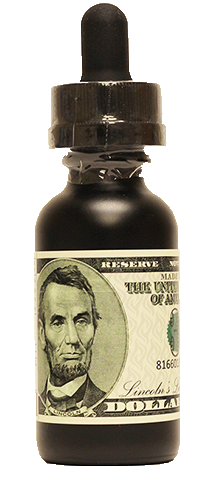 |
|||
When users are vaping, they are inhaling the e-cigarette aerosol into their lungs. Those around them can also breathe in this aerosol when the user exhales it into the air. If the aerosol contains nicotine, those around will breathe it in, too.
Obviously, e-cigarette devices can be used to deliver any substance, such as marijuana and other drugs. One disturbing fact from 2018 states that approximately one-third of U.S. middle and high school students who have ever used an e-cigarette reported using marijuana in the device.
What is JUUL?
JUUL is a popular vaping brand whose e-cigarettes are shaped like an USB drive. They are a common choice among U.S. school students, who will often vape in the bathroom, and even while in class.
However – and some students are completely unaware of this – all JUUL e-cigarettes have an extremely high level of nicotine. According to JUUL themselves, a single JUUL pod contains as much nicotine as an entire pack of 20 regular cigarettes.
In fact, around two-thirds of JUUL users aged 15-24 years old do not know that JUUL always contains nicotine.
| “JUUL is one of the few e-cigarettes that use nicotine salts, which allow particularly high levels of nicotine to be inhaled more easily and with less irritation than the free-base nicotine that has traditionally been used in tobacco products, including e-cigarettes.”
– U.S. Centers of Disease Control & Prevention (CDC) |
Why is Vaping Nicotine Dangerous for Kids, Teens, and Young Adults?

Research scientists and medical analysts are still learning about the long-term health effects of e-cigarettes. However, one important point that is well-proven after decades of study is this: nicotine can harm the developing adolescent brain.
In fact, using nicotine during adolescence can significantly harm the parts of the brain that control attention, learning, mood, and impulse control.
In 2017, researchers from the CDC reported that 99% of the e-cigarettes sold in assessed venues across the U.S. contained nicotine. Furthermore, 98.7% of flavored e-cigarette products and 99.4% of non-flavored e-cigarette products also contained nicotine.
However, in a clear breach of U.S. regulations, several vape product labels do not disclose that they contain nicotine, and some vape liquids – marketed as containing 0% nicotine – have been found to contain nicotine.
And it’s not just the adolescent brain that can be seriously harmed by nicotine use, as nicotine vaping products can also damage the user’s lungs.
Nicotine Vapes: Chemicals Known to Cause Severe Lung Disease |
|
The e-cigarette aerosol that users inhale and exhale when using a vaping device can contain harmful and potentially harmful substances, including nicotine. The act of vaping introduces ultra-fine particles into the lungs. Flavorings, such as diacetyl, have been found to include chemicals linked to a serious and irreversible lung disease known medically as obliterative bronchiolitis. |
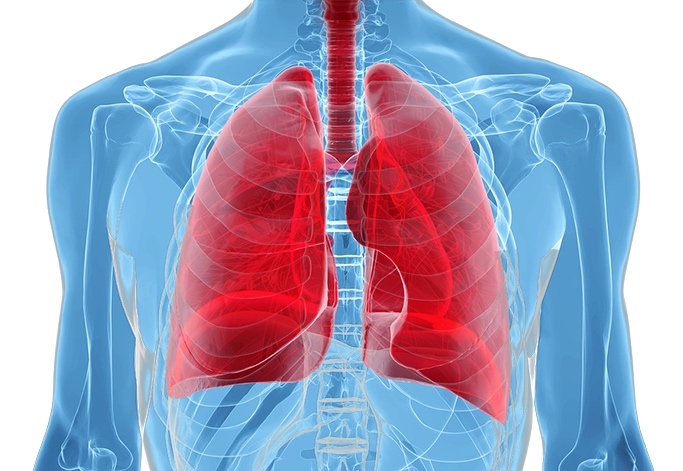 |
| Note: In fact, in 2016, diacetyl was officially banned for use in all e-cigarettes and liquids manufactured in all European Union countries. | |
Other health dangers directly linked to vaping nicotine through the use of e-cigarettes and other vaping products include:
- Defective e-cigarette batteries have been known to cause fires and explosions, some of which resulting in serious injuries
- Both children and adults have been poisoned by swallowing, breathing, or absorbing e-cigarette liquid through their skin or eyes. In fact, nationally, approximately half of all calls to poison control centers for e-cigarettes are for children 5 years of age or younger.
- Many young people who use e-cigarettes also smoke real cigarettes. There is also evidence that young people who use e-cigarettes can be more likely to smoke cigarettes in the future. One 2018 National Academy of Medicine report found that there was some evidence that e-cigarette use increases the frequency and amount of cigarette smoking in the future.
- Because e-cigarettes can be used to deliver other drugs, including marijuana, the use of vaping products can potentially lead to drug addiction, ie. marijuana use disorder.
- Although e-cigarettes expose users to fewer harmful chemicals than burned cigarettes, the use of any tobacco product, including e-cigarettes, is unsafe for young people.
Vape Product Marketing Deliberately Targets Youth
The marketing of vaping products is deliberately aimed at kids, teenagers, and young adults, especially with their use of sweet flavorings, such as fruit and candy, as well as mint and menthol. Here’s the evidence:
- A 2017 study showed that most youth who use e-cigarettes first start with a flavored variety, and flavors are the primary reason youth report using e-cigarettes.
- In 2022, most youth who reported using e-cigarettes used flavored varieties (84.9%). Among middle and high school students who currently used any type of flavored e-cigarette in 2022, the most commonly used flavors were:
- Fruit (69.1%)
- Candy, desserts, or other sweets (38.3%)
- Mint (29.4%), and
- Menthol (26.6%)
- On January 2, 2020, the U.S. Food and Drug Administration (FDA) finalized an enforcement policy that prohibits the sale of prefilled cartridge e-cigarettes in any flavor other than tobacco or menthol, unless authorized by FDA.
- The FDA has since taken additional steps to prohibit certain companies from selling flavored disposable e-cigarettes and flavored e-liquids which appeal to youth without prior authorization [please note there is more detail on the steps taken by the FDA so far against vaping companies, including JUUL, further in this article].
- Several states and communities have also restricted the sale of flavored tobacco products, including menthol-flavored products.
What are Heated Tobacco Products (HTPs)? |
|
Heated tobacco products (HTPs) like brands IQOS and Eclipse, and marketed as “heat-not-burn” technology, represent an alternative class of products that heat the tobacco leaf – not a liquid – to produce an inhaled aerosol. HTPs are available in at least 40 countries, and several have been authorized for sale in the U.S. by the FDA. In 2022, only 1% of U.S. middle and high school students together reported having used heated tobacco products in the past 30 days. Scientists are still learning about the short-and long-term health effects of HTPs, but the existing available science shows they contain harmful and potentially harmful ingredients. |
 |
| Important: Regardless of whether they are heated by flame or electronically, heated tobacco products contain nicotine – a highly addictive substance that can harm the developing adolescent brain.. There is no proof these devices can help someone to quit smoking. Nicotine is also toxic to developing fetuses in the womb. | |
How Does Vaping Nicotine Worsen Teen Anxiety & Depression?

Any use of nicotine, a highly addictive and harmful substance – whether it is through smoking regular cigarettes or inhaling nicotine through a vaping product – is considered by health experts to be dangerous for kids, teenagers, young adults, and pregnant women.
What may start as peer pressure, experimentation or poor advice can quickly become a nicotine addiction – no different to a long-term regular cigarette smoker.
And what is the most common reason U.S. middle and high school students give for trying an e-cigarette? According to the 2021 National Youth Tobacco Survey, the most popular answer was “a friend used them.”
Even worse, again according to the 2021 National Youth Tobacco Survey, was the most common reason youth gave for continuing to use e-cigarettes: “I am feeling anxious, stressed, or depressed.”
Direct Link Between Youth E-Cigarette Use & Poor Mental Health, Including Depression
In addition to the detrimental health effects described earlier in this article, numerous studies have reported a direct link between e-cigarettes / vaping device use and worsening mental health, including an increase in the symptoms and diagnosis of depression among youngsters.
According to the findings of a 2019 research study undertaken by several medical associates from a number of universities across the U.S. and abroad, entitled “Association Between e-Cigarette Use and Depression in the Behavioral Risk Factor Surveillance System, 2016-2017:”
“E-cigarette users had higher odds of reporting a history of clinical diagnosis of depression compared with participants who never used e-cigarettes. In addition, increased frequency of e-cigarette use was associated with incrementally higher odds of reporting depression.”
As you can see from the graphic illustration of the study’s findings below, participants who reported daily e-cigarette use were found to be 2.5 times more likely to be diagnosed with depression.
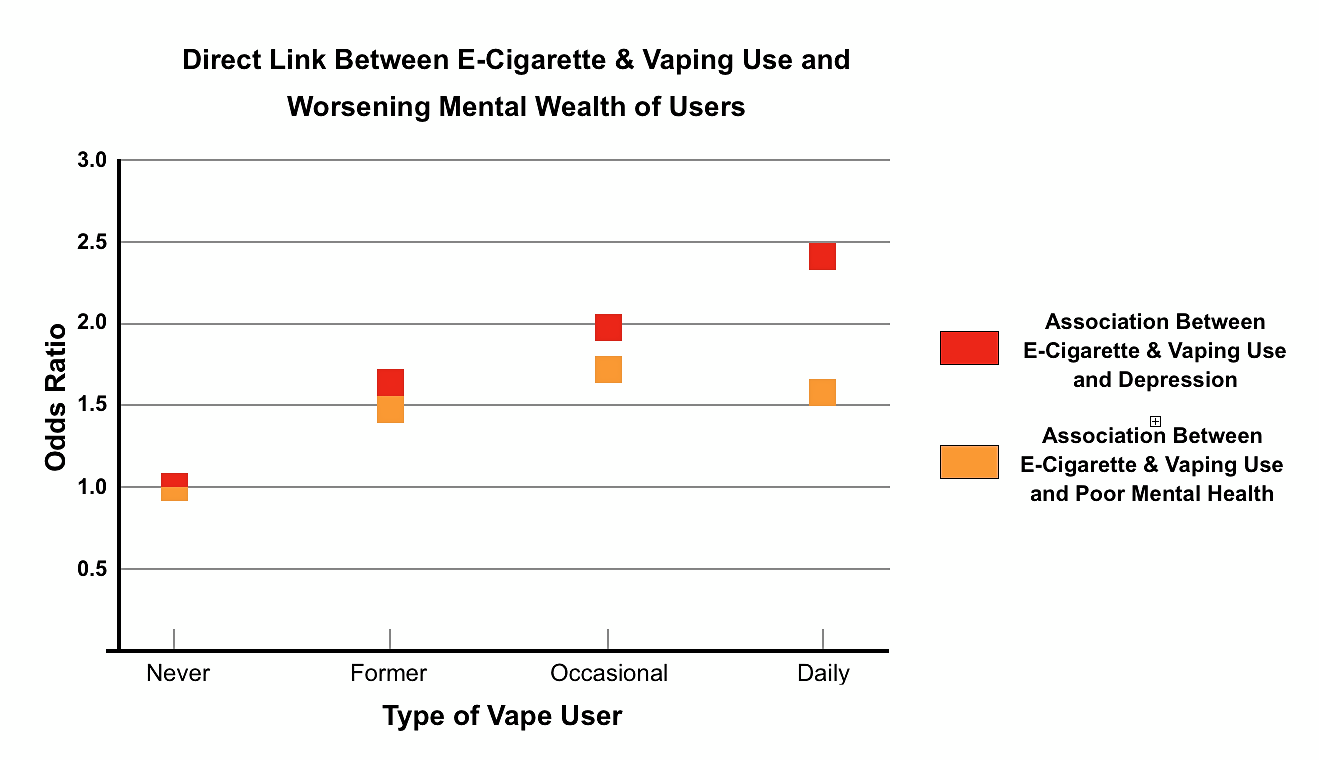
Open Source: Association Between e-Cigarette Use and Depression
in the Behavioral Risk Factor Surveillance System;
Author: Olufunmilayo H. Obisesan, MD, MPH
It’s also possible for an adolescent or young adult to begin using e-cigarettes or a vaping device because they are trying to cope with an undiagnosed mental health disorder or stress they can’t control. However, a nicotine addiction, if it is allowed to develop, will, in turn, only worsen a disorder or the source of their stress.
The Truth Initiative Reports on Youth Depression & Vaping

In addition to the CDC-sponsored study described above, the Truth Initiative has also highlighted a number of other research studies about the effects of vaping nicotine on the adolescent brain, including how the vaping industry – particularly JUUL – has targeted children in the U.S.
Here is a brief summary of their findings, with links to the studies concerned:
|
Research shows a link between increased nicotine use and feelings of depression – meaning the more you use it, the more depressed you feel. – Source |
New Documents show that JUUL deliberately targeted children to become the nation’s largest seller of e-cigarettes.
– Source |
Vaping nicotine alters your brain and can lead to mood changes.
– Source |
|
92% of 18-29 year-olds who vape started with a flavor. – Source |
||
| JUUL insists they never marketed their products to teenagers, yet according to a lawsuit filed by the Massachusetts’ Attorney General, in the early days of the company, they purchased ad space on Nickelodeon, the Cartoon Network, Seventeen, and educational sites for middle and high school students.
– Source |
E-cigs contain varying amounts of toxic substances like arsenic, aluminum, and lead, which affect the nervous system, and leave you at risk of depression.
– Source |
|
|
Nicotine can rewire brains to be more susceptible to other, more dangerous addictions. – Source |
If you vape, you are 4 times more likely to start smoking cigarettes.
– Source |
Vaping can suppress the body’s natural immune system.
– Source |
| A recent longitudinal study found an association between second-hand nicotine vape exposure and respiratory symptoms among young people.
– Source |
E-cigarette use among high schoolers increased by 77.8% in 2018 over 2017, with similar trends observed internationally.
– Source |
A 2020 study published by researchers at UC San Francisco found that JUUL delivers 5 times more nicotine to the blood per puff than a Marlboro cigarette. – Source |
Nicotine Addiction Withdrawal
When a person is dependent on nicotine, or worse addicted, and then abruptly stops using cigarettes, e-cigarettes or other vaping devices, their body and brain have to readjust to not having nicotine in their system.
Depending on the level of nicotine use prior to quitting, this can result in a number of symptoms of nicotine withdrawal:
Nicotine Withdrawal: The Symptoms |
|
Note: Unfortunately, some people resort to their previous use of nicotine just to alleviate these symptoms. |
 |
Nicotine withdrawal symptoms certainly do improve with time (and often in as little as 2 weeks) as long as the person quitting stays quit, whether it’s from regular cigarette, e-cigarette or vaping use.
FDA Regulations on Nicotine Vaping
In April, 2014, the U.S. Food & Administration (FDA) announced it was intending to propose regulations to the e-cigarette and vaping industry under the legal premise that their products were classified as “tobacco products.”
Following that announcement, the ongoing battle between the FDA and the vaping industry has continued unabated – in both the law courts and the “court” of public opinion.
This time period has also seen numerous medical research studies that either provide positive proof that e-cigarettes should be considered a healthy way of quitting nicotine or provide evidence of the range of negative physical and mental health effects from vaping.
This continuing conflict between the FDA and the vaping industry came to a head in September, 2020, when the government agency required all U.S. e-cigarette manufacturers to take their vaping products off the market or submit them for FDA review.
| “The designs of these products are an utterly flagrant attempt to target kids. It’s a hard sell to suggest that adults using e-cigarettes with the goal of quitting smoking need a cartoon character emblazoned across the front of the product in order to do so successfully.”
– Brian King, Director, Center for Tobacco Products, The U.S. Food & Drug Administration (FDA) |
Numerous vaping products were subsequently removed from store shelves, awaiting FDA approval. Many never returned.
In June 2022, the FDA thousands of e-cigarettes would be ordered off the U.S. market, including products manufactured by JUUL, who the agency believed had played a “disproportionate part in the youth vaping epidemic.”
The FDA reported that JUUL had not submitted enough information to prove that their products were safe for consumption. Subsequently, Juul’s business value plummeted amid regulatory crackdowns and rapidly declining sales.
Over 2.5M U.S. Teenagers Using E-Cigarettes in 2022
According to a CDC report on youth vaping in the U.S., released in October, 2022, more than 2.5 million middle and high school students in the U.S. currently used e-cigarettes.
Brian King, director of the FDA’s Center for Tobacco Products, said in the press release, “Adolescent e-cigarette use in the United States remains at concerning levels, and poses a serious public health risk to our nation’s youth.”
Deirdre Lawrence Kittner, director of CDC’s Office on Smoking and Health, added, “This study shows that our nation’s youth continue to be enticed and hooked by an expanding variety of e-cigarette brands delivering flavored nicotine.”
Avery’s House: Substance Use & Mental Health Treatment
Avery’s House is your source for comprehensive support for addiction and mental health recovery. Our mission is to provide consistent structure and accountability to empower participants in achieving success.
Avery’s House is the only behavioral health accountability and support program that can offer technology-driven results to our clients, their families, and even treatment professionals.
Whether you are looking for an Online IOP option, Recovery Coaching, Adolescent Therapies, and Programs, or other Mental Health services, we have you covered.
How Avery’s House Helps Families
Avery’s House can give your loved one the support, accountability, and compassion they need to move them from short term growth to personal transformation. We assign a personal coach to each client working with us to connect daily, and also become a resource for you in this shared recovery journey.
We realize that behavioral health doesn’t only impact the person receiving the diagnosis, and we understand families and loved ones also need support, compassion, and peace of mind that their loved one is getting the help they need.
Contact us today to learn more.